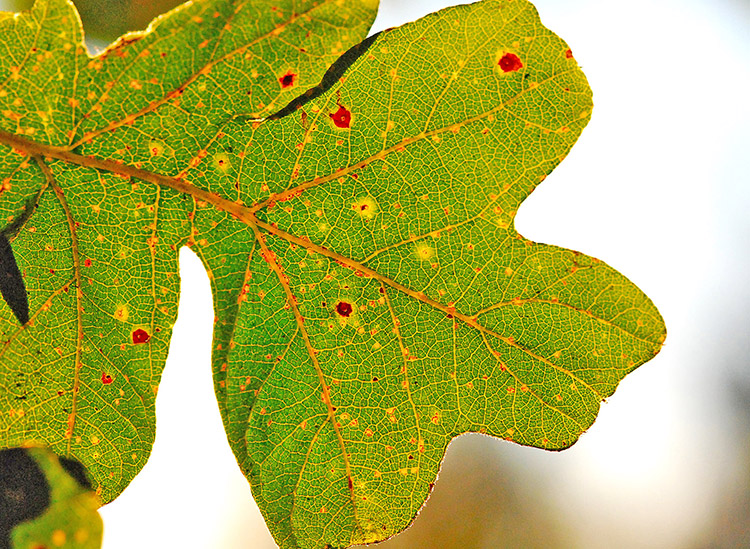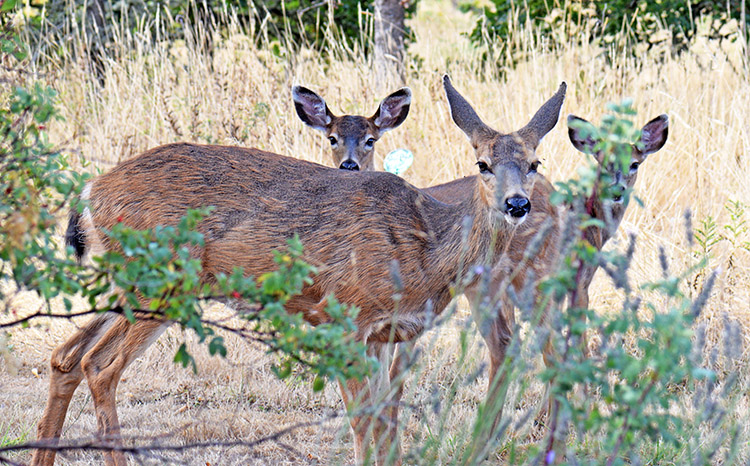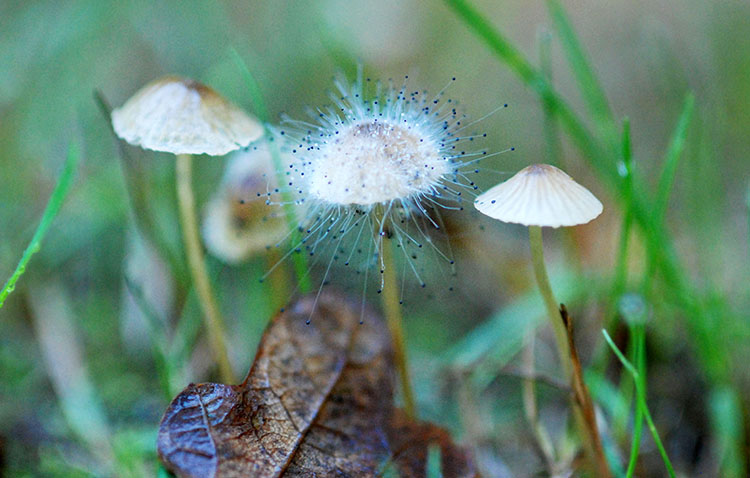
Functional Classification An organism's role in a community

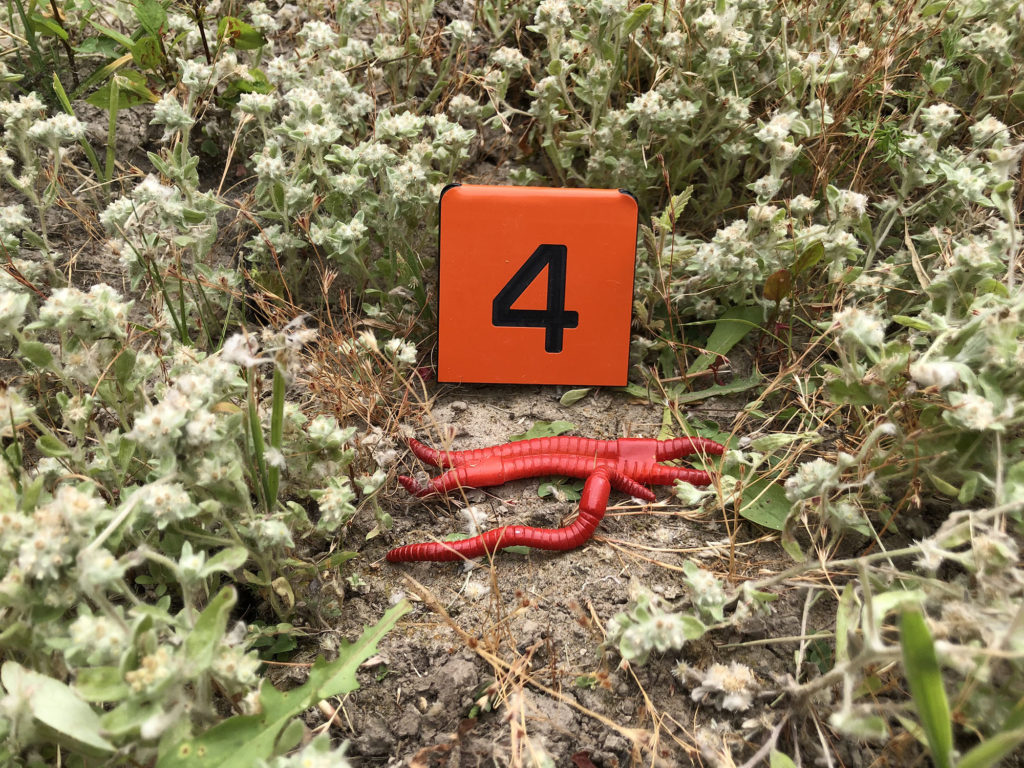
Functional Classification Objectives
-
Provide the functional classification of various animals, including structures used for feeding.
-
Discuss methods for locating soil organisms.
-
Identify provided soil organisms by their taxonomic group and functional classification.
Taxonomic classification groups organisms by structural and evolutionary relatedness.
Functional classification groups organisms based on their role in their ecosystem.
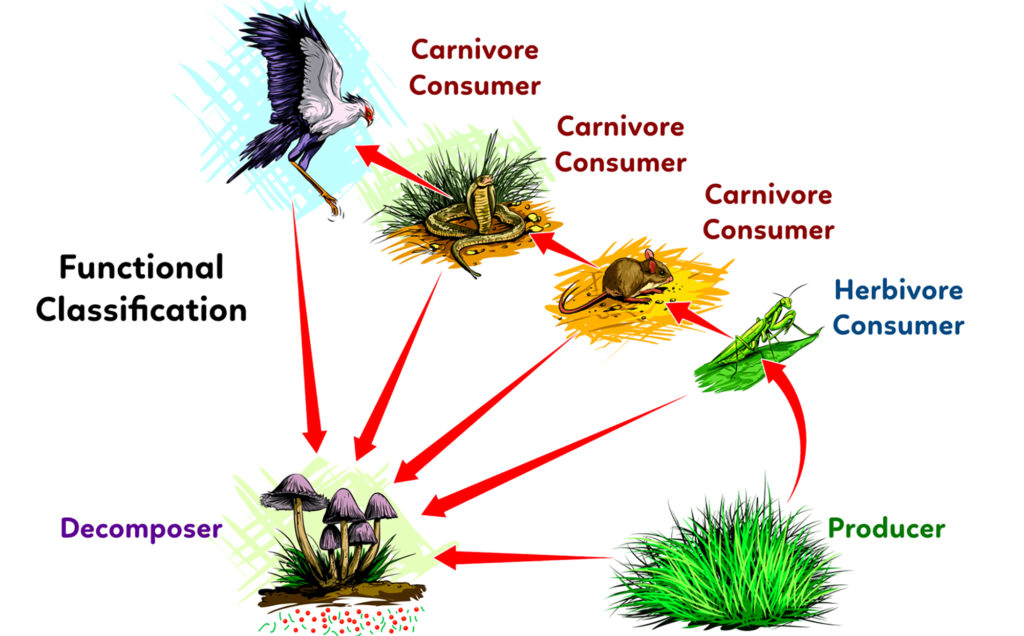
Animals need to consume other consumers for nutrients and energy:
Herbivore consumers eat producers
Carnivore consumers eat other consumers, or their recently dead remains (scavengers)
Omnivores can eat producers and consumers
Animals do not choose their functional group, they have digestive organs, feeding structures, dietary requirements, and behaviors that obligate them to eat certain foods.
Of the different consumer functional groups, which has the most potential flexibility in diet?
Answer: omnivores like humans, foxes and crows can live off different foods in a variety of habitats
Vertebrate feeding structures indicate functional roles.
Other feeding structures include whale baleen and snail radulas.
Whale baleen is made of keratin protein, the same protein found in human fingernails. The brush-like baleen filters massive amounts of small organisms out of the water or sand.
Snail radulas are like sandpaper “tongues” that scrape algae off of rocks. Radulas are made of chitin, a tough sugar, strong enough to take paint off of underwater surfaces.
In the Willamette Valley, turkey vultures are large scavenger consumers.
Vultures primarily live off of carrion, dead animals found along roads and in newly dug fields.
Turkey vultures have excellent vision and a strong sense of smell used to detect food.
Turkey vultures are sometimes confused with wild turkeys. Both have red heads, but the difference in beaks indicates different functional roles.
Wild turkeys are not native to Oregon, they were introduced as a game bird in 1961. Now they are frequent visitors to our fields.
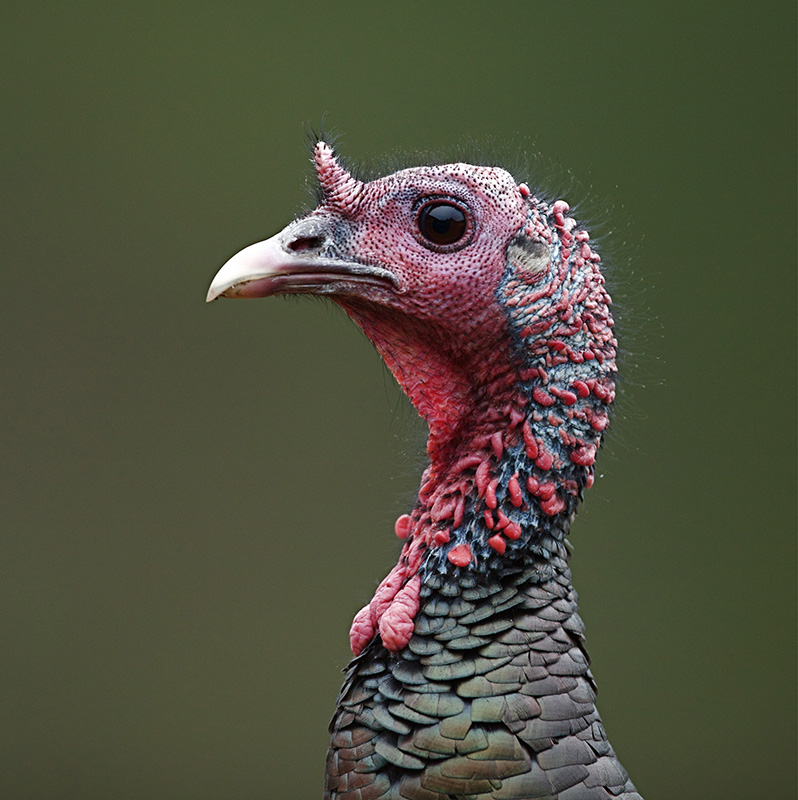
Turkeys are omnivores and their beaks enable then to crack over large seeds and catch small animal prey.
Animals structures relate to their functions. The difference in turkey vulture and turkey beaks tell the story of their roles in their habitats.
Now we will look at the functional roles of soil animals.
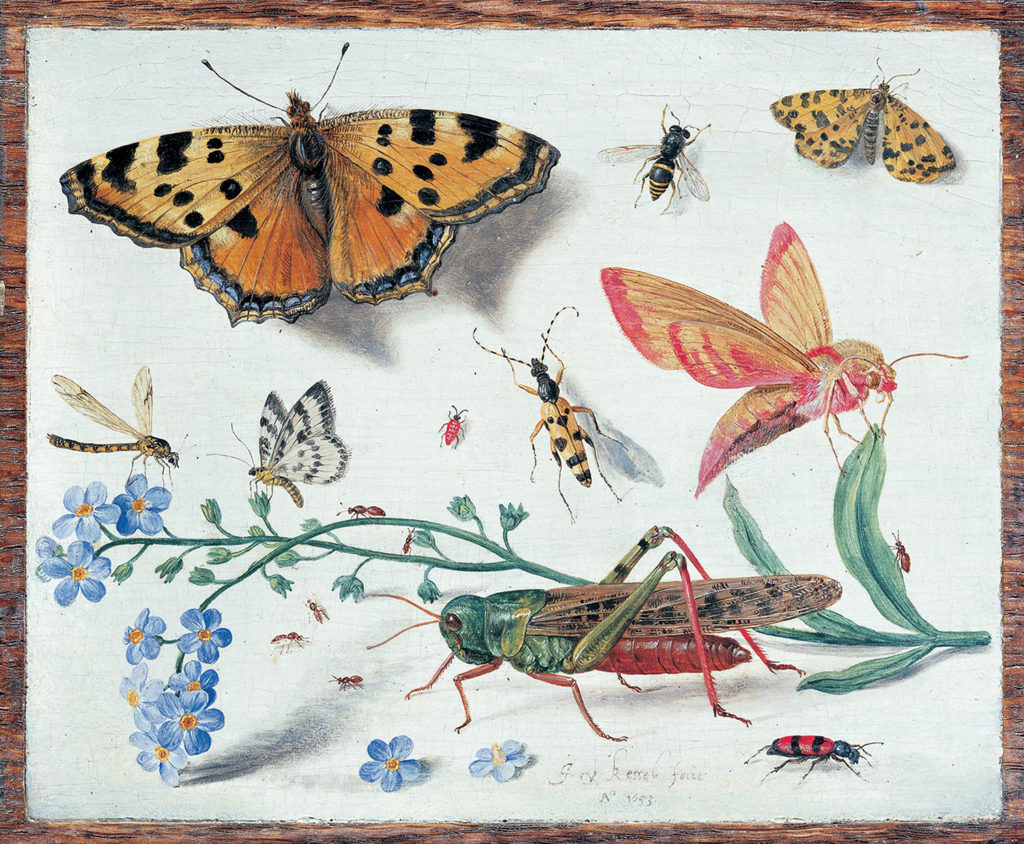
Taxonomic classification is naming organisms based on their structures like bones and teeth, and more recently their genetic structures as well.
Organisms are classified in one of three Domains that were introduced in the phylogenetic Tree of Life video in the previous section. The Domains are Bacteria, Archaea, and the Domain that animals are classified in, Domain ________.
The animal Kingdom has approximately 35 phyla, only one of these contains animals with backbones. Soil invertebrate animals represent multiple phyla.
Common Soil Organism Phyla
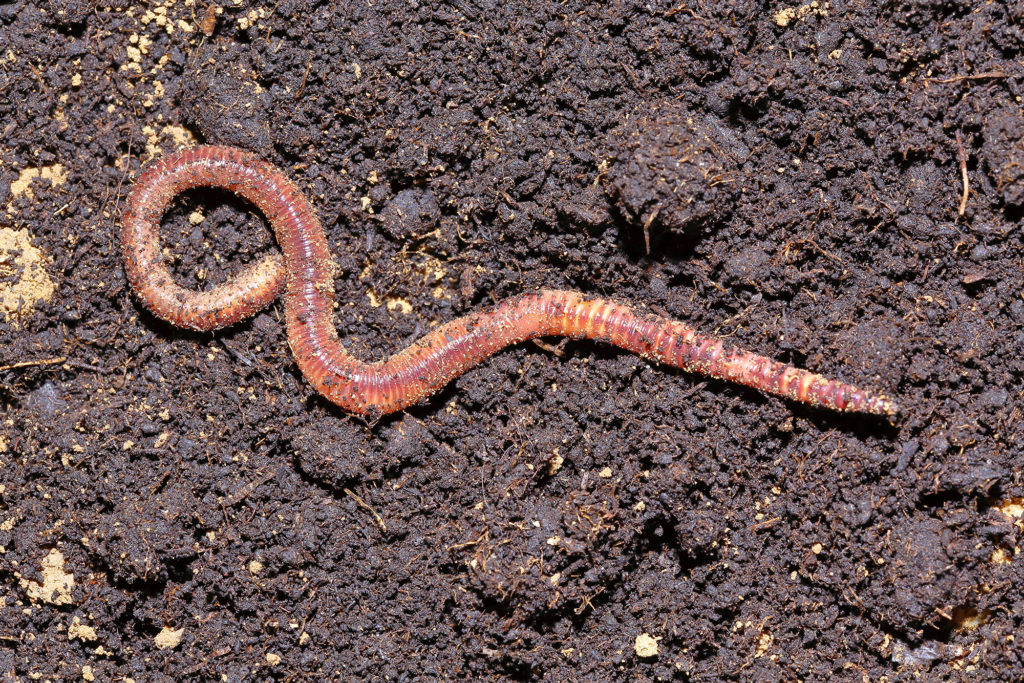
Phylum Annelidia
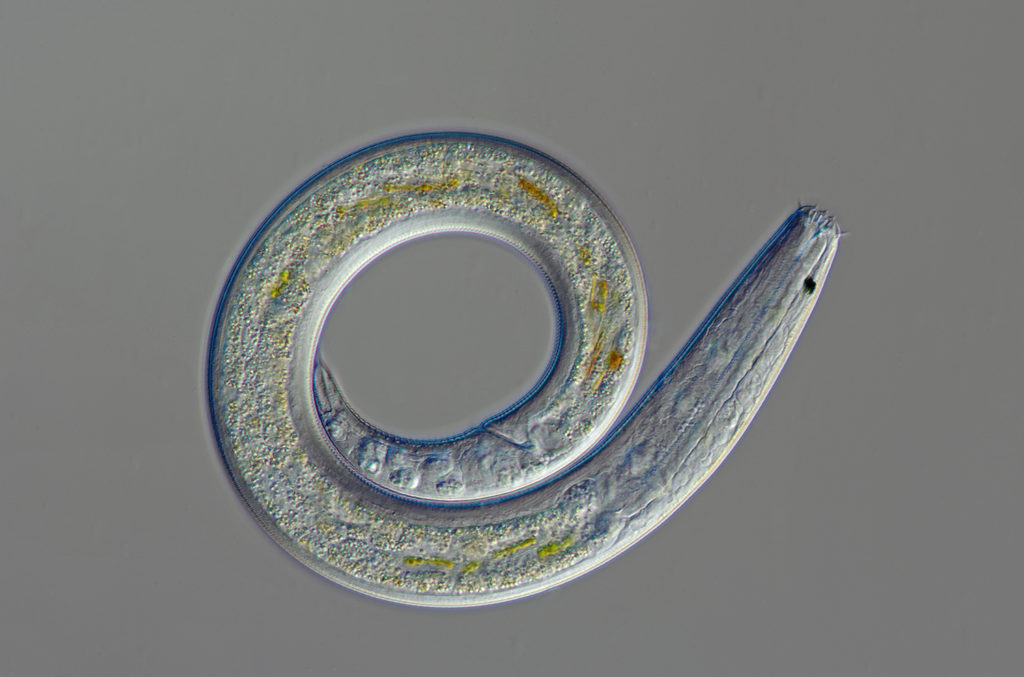
Phylum Nematoda
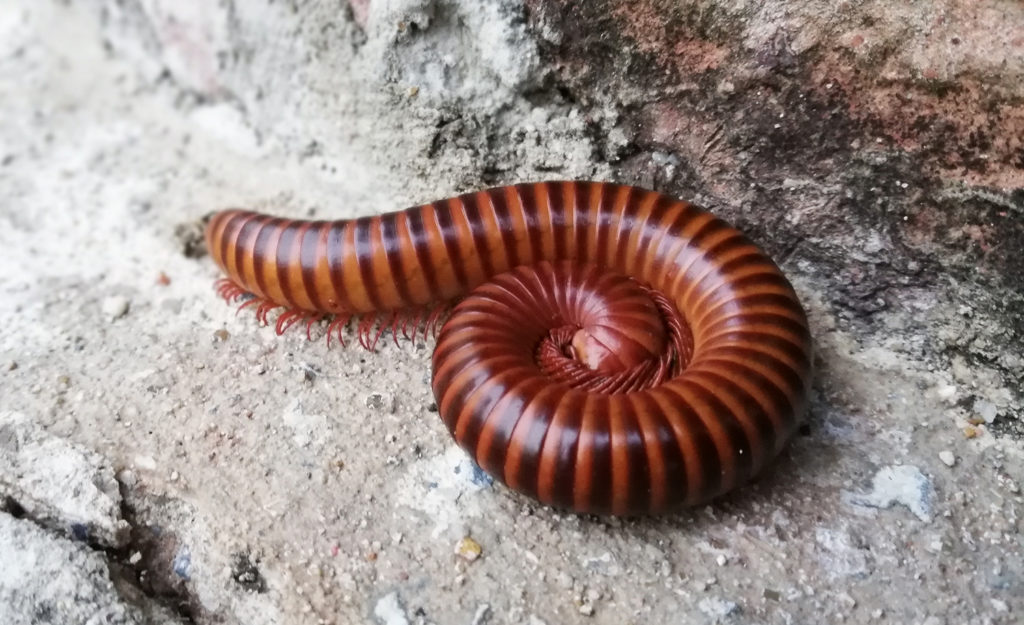
Phylum Arthropoda
Phylum Arthropoda, the arthropods, are species with jointed appendages, including antennae and legs.
The arthropods are broken into several groups or taxa.
Four Arthropod Taxa
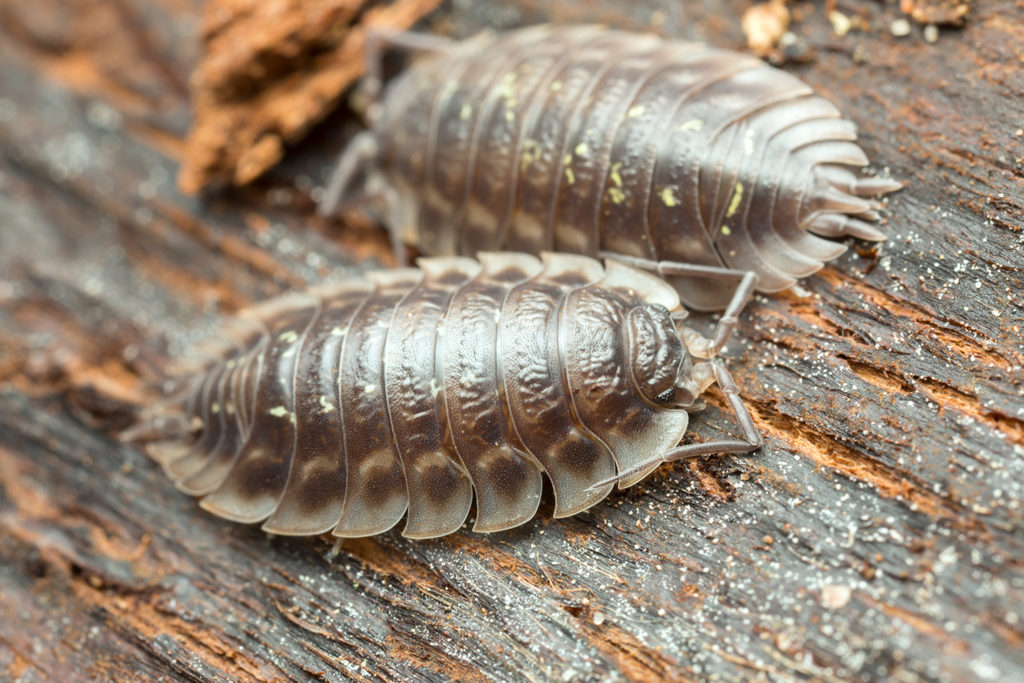
Crustaceans
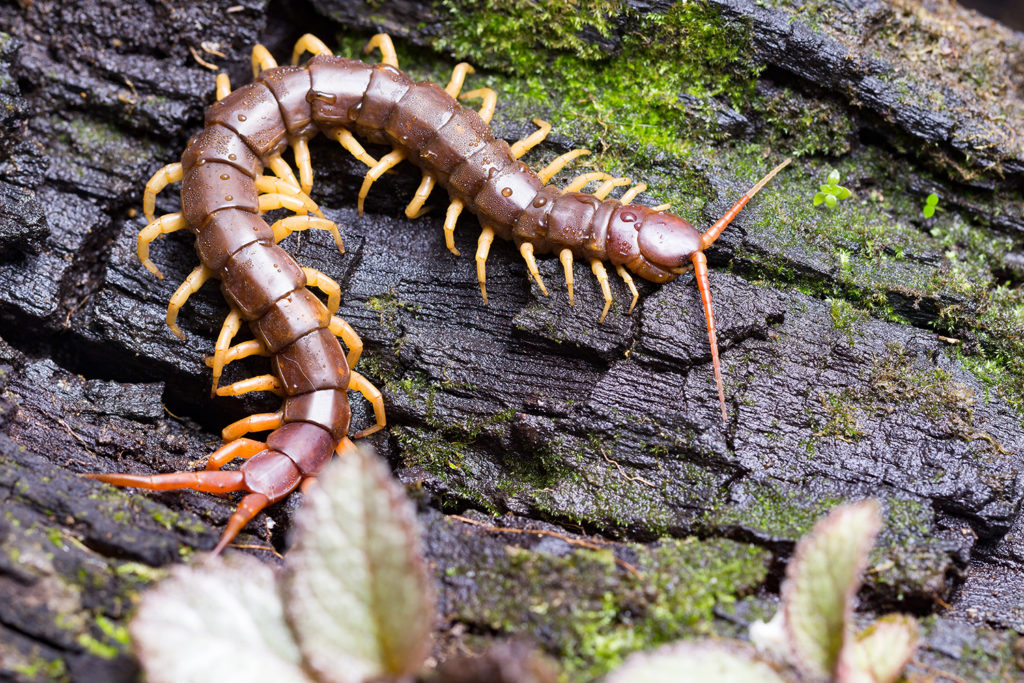
Myriapods
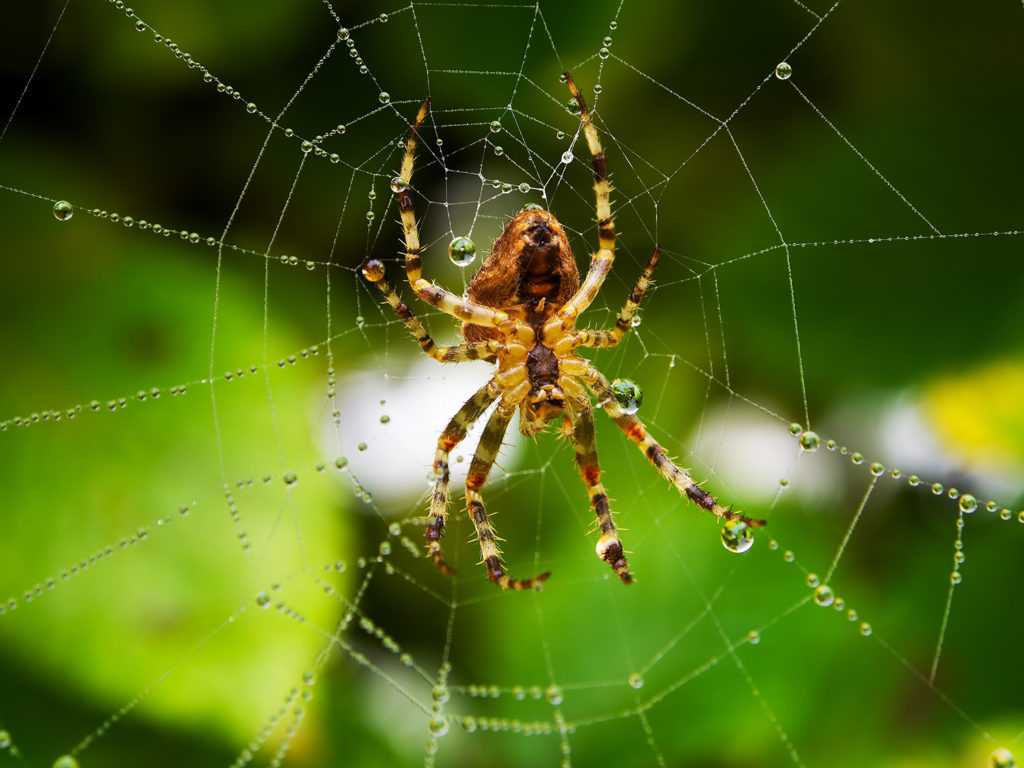
Arachnids
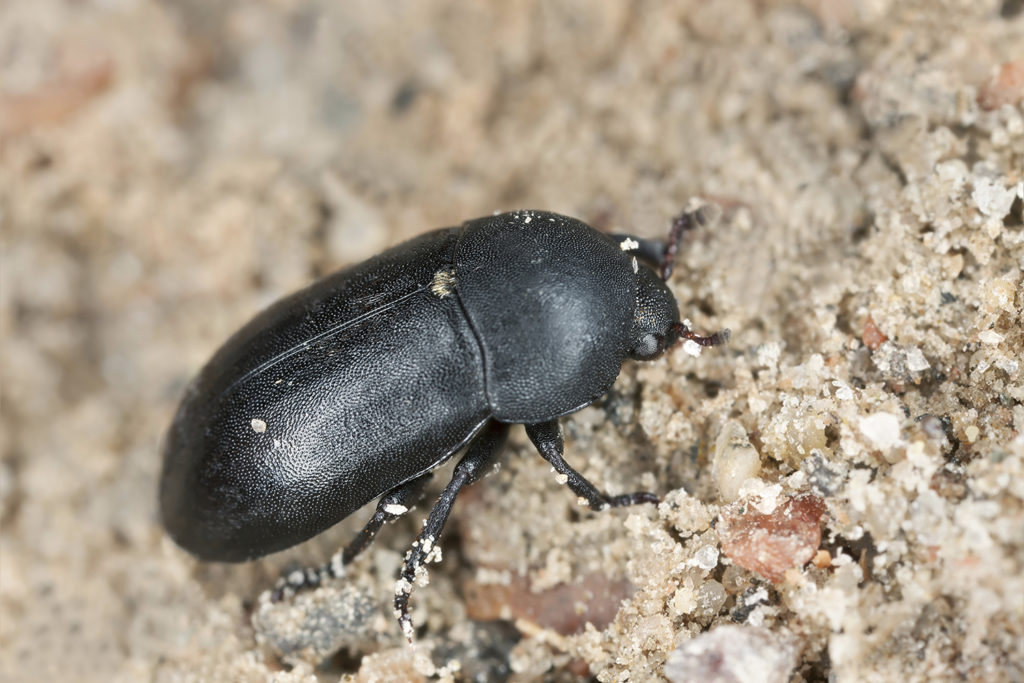
Insects
Insect arthropods represent as estimated 90% of animal species on Earth, although many have not yet been discovered. New species are being located on a regular basis, particularly in species-rich rainforests and coral reefs.
Soil organisms, including these dermestid beetles and their larvae, scavenge (consume) dead organisms.
MoreIntroduction to soil organisms in a pile of composting lawn clippings and kitchen scraps.
Soil animals are critical in recycling nutrients though the food web.
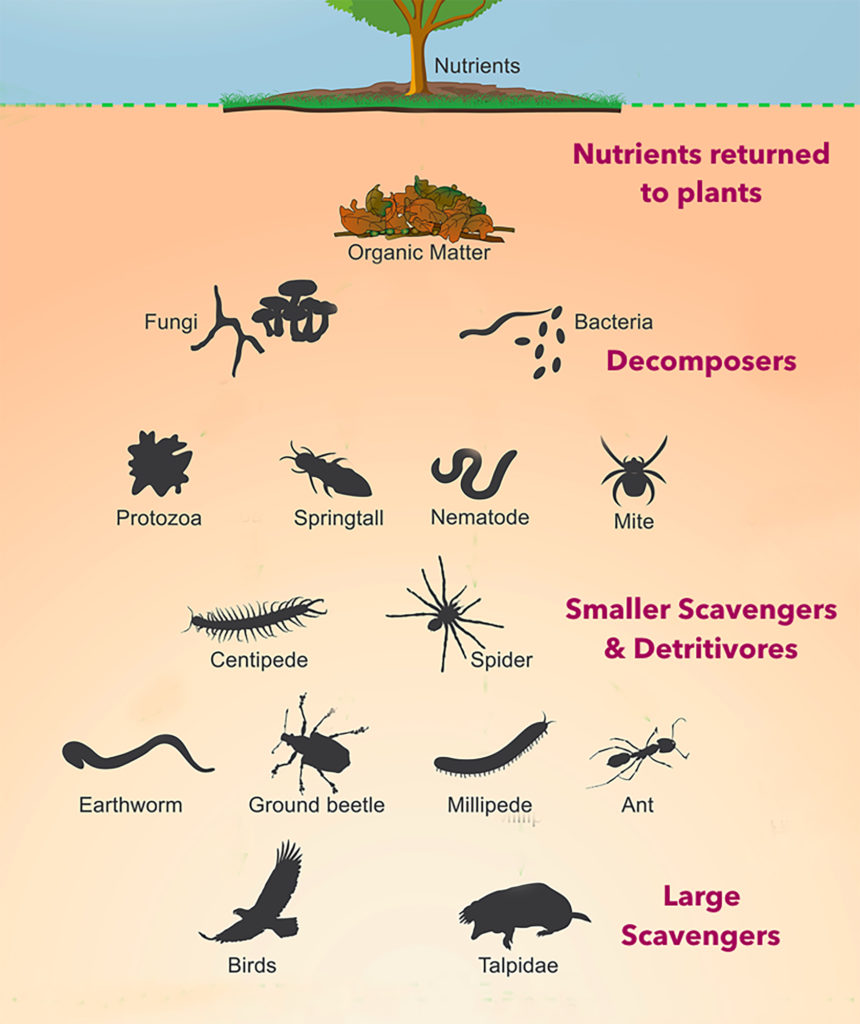
Consider the taxonomic classification of the soil animals in this video (for example, “arthropod insects” or “annelid worms”) as well as their functional classifications that are introduced.
From this page so far, Sowbugs are taxonomically classified as: ___________ and functionally classified as: ___________
Sowbugs breath with gills, so they are likely to be found in wet soils where they break down decaying organisms. They are found in many locations and are also easy to raise in an escape-proof damp terrarium with plenty of food and cover to hide under.
(answers: sowbugs are taxonomically classified as crustacean arthropods and functionally classified as detritivore consumers)
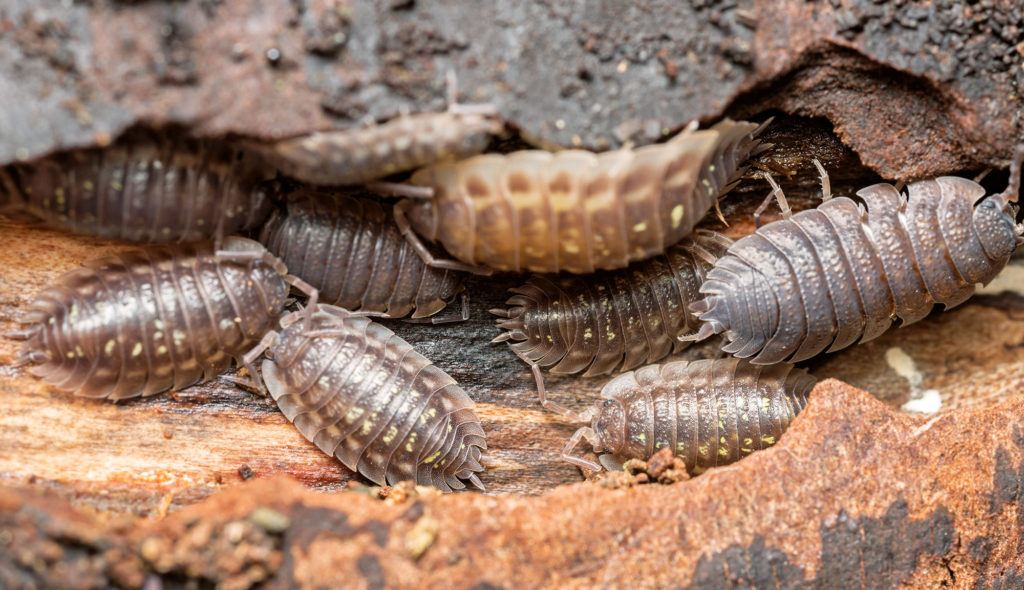
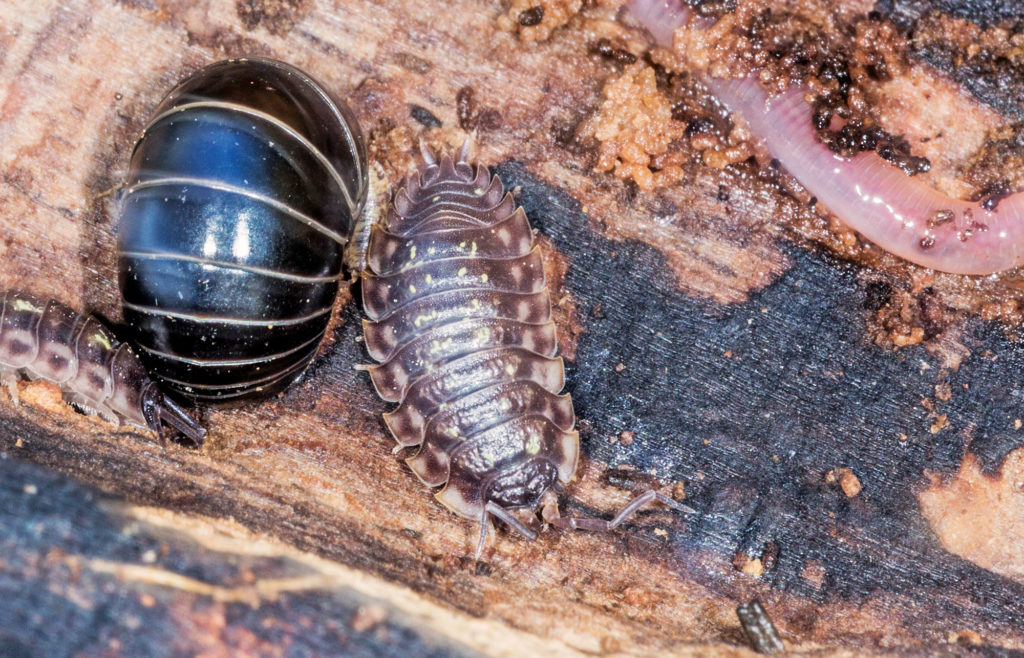
Sowbugs (center arthropod) are often confused with “roly-poly” pillbugs (left arthropod) that curl into a ball in response to potential predators. Sowbugs do not have this defensive movement, they just walk away quickly and try to get under something.
Sowbugs collected from along our yard path have increased dramatically in population size with addition of kitchen scraps.
Soil organisms can compete for food, watch the interactions between crickets and sowbugs. Which species appears to have a competitive advantage?
Annelid worms differ from other worm phyla (there are 12!) by having segmented body parts.
Throughout this course you will be introduced to animals you are likely to encounter in your field work. They fill a variety of functional roles in their ecosystems and have diverse feeding structures and behaviors suited for survival in unique habitats.
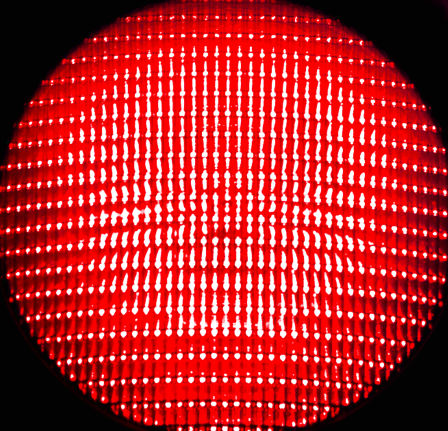
Finish your notes here
Start your second journal assignment here
Journal Page #2: Labeled Invertebrate Drawings
You will be drawing and labeling two different invertebrates. These can be invertebrates from around your home or you can use any of the videos on this Guide’s webpages, including the resource page (link below). Draw from life or video instead of from a photo or another drawing.
Use caution if you observe outdoors; travel with a friend, be aware of your surroundings, avoid hazardous situations and restricted locations, and minimize impact on organisms and their environment.
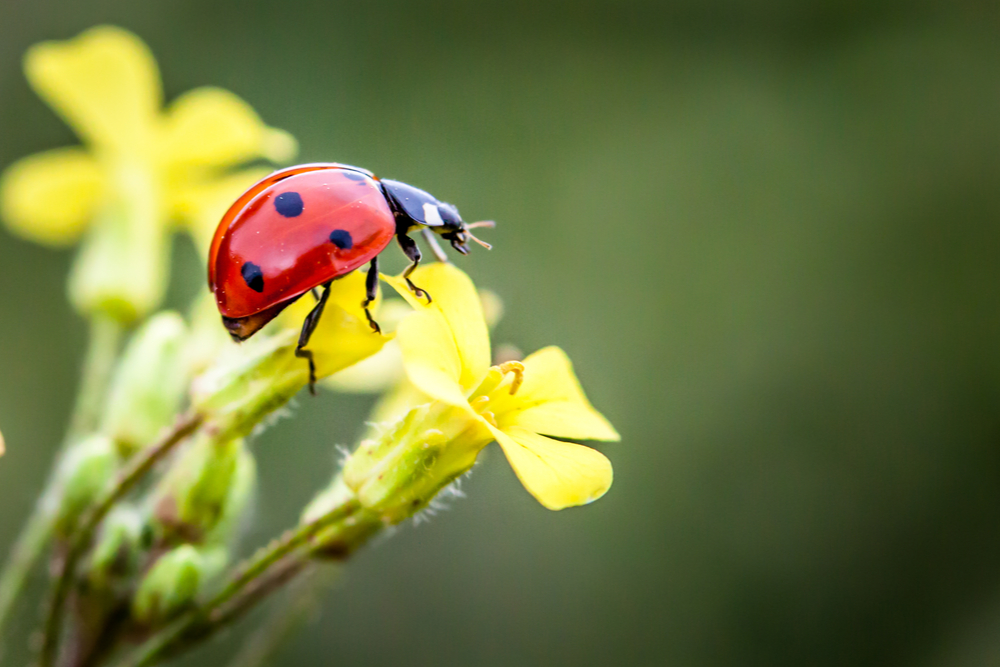
Include in each of your two labeled invertebrate drawings:
- the shape, approximate size, colors, and patterns of each animal.
- the animal’s behaviors (resting, moving, eating, etc.).
- the possible functional role the organism plays in its environment.
This is the end of the Discovery Guide content. After you check your knowledge over the material, proceed to the product page.
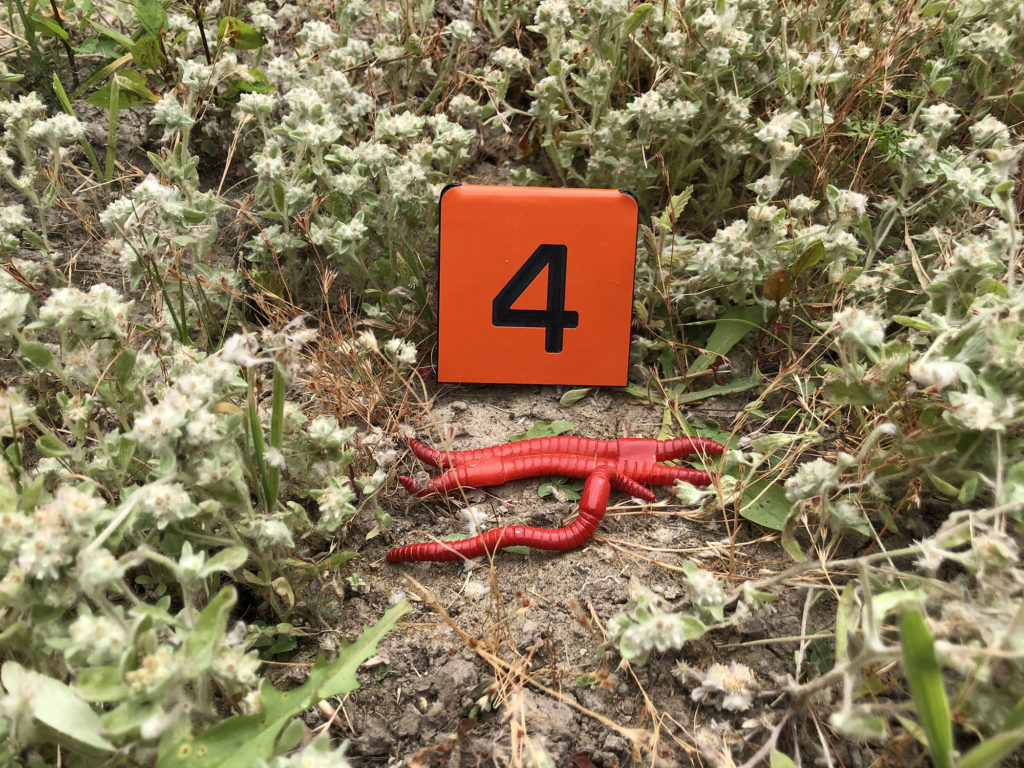
Check your knowledge. Can you:
-
provide the functional classification of various animals, including structures used for feeding?
-
discuss methods for locating soil organisms?
-
identify provided soil organisms by their taxonomic group and functional classification?
